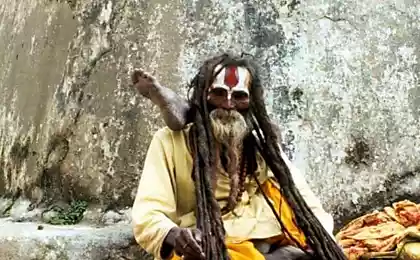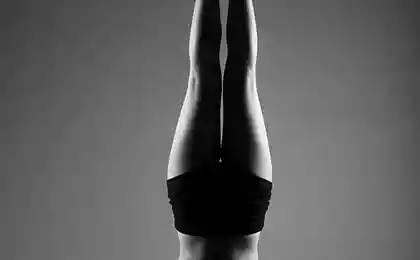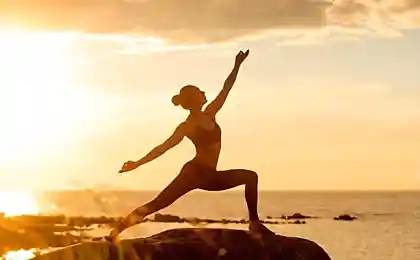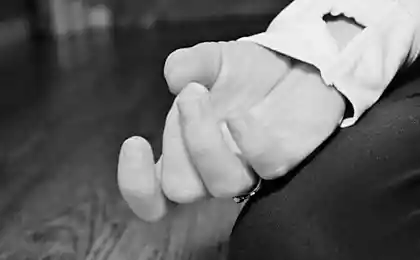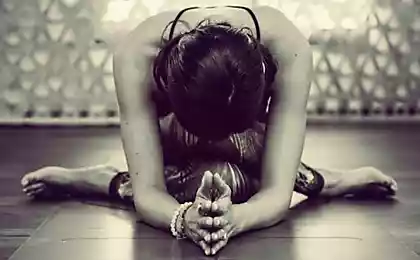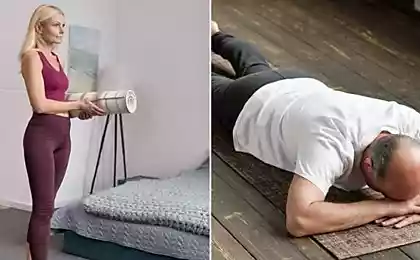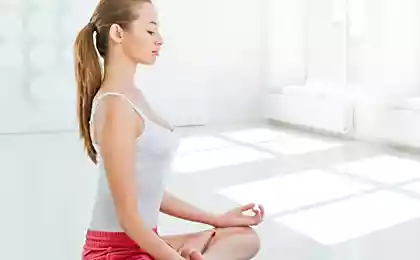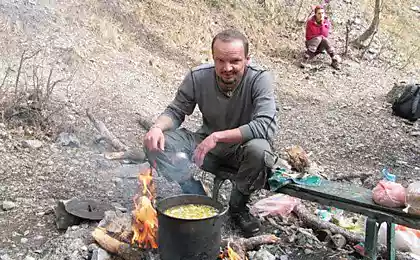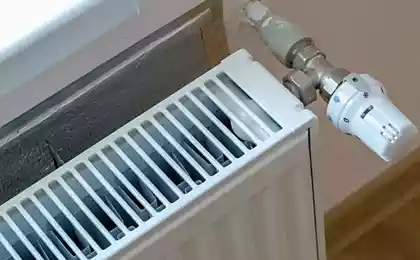1020
Keep warm, but not muscle ...
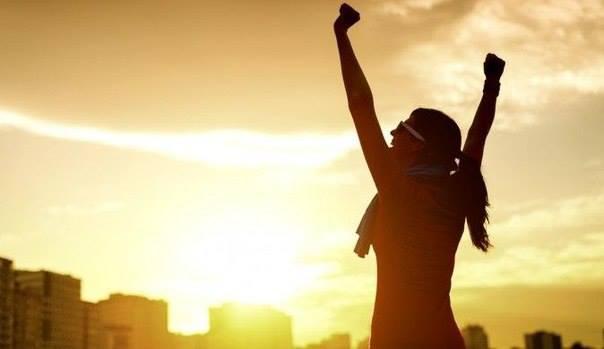
It was long thought that the warm up on a cold, you can just using physical activity. Man came out into the cold, began to chop wood or throwing snow - and kept warm. But overlooks the fact that with an ax or a shovel in his hands get tired very quickly. And once you stop working, you will start to cool down again ... This issue is very important for athletes of winter sports - such as skiers. In competitions they have long waiting for the start, then run your miles, and then waiting again - announcement of the results. Waiting and freezing.
However, there is another experience: Tibetan monks and Indian yogis could be a long time in the cold, even without clothes. The most complete and detailed description of this phenomenon is given in the book of the French adventurer Alexandra David-Neel, "Magee and mystics of Tibet." And the illustration is a picture of Nicholas Roerich «On the tops", which depicts a naked hermit sitting in the lotus position in the mountains, and under it melted snow ... So, yoga produce enough heat to not feel the cold. Where does the heat come from? How to survive the cold without a shudder? This issue we are doing for several years.
Yes, muscles produce heat, but it warms the surrounding space. Powered second law of thermodynamics - the fundamental law of nature: the heat goes out and the warm insides can not ...
Internal organs maintain a constant body temperature (about 37 degrees), and the surface of the body in the cold cools to 28 degrees. Heat from the muscle can move along the temperature gradient only in the cold side.
Tibetan monks studied Harvard professor Herbert Benson in the 80 years of the twentieth century, but for some reason ... at room temperature 16-23 degrees. Provisions of the human body have been studied in the Soviet years at the Institute of Biomedical Problems, Russian Academy of Sciences. There scientists worked on space, landing astronauts explored the situation in winter in Siberia. Volunteer subjects in their experiments were a whole hour in the climatic pressure chamber at a temperature of minus 60 degrees in the thin air and the wind.
Soviet biophysicist (Austrian by birth) Carl Sigismundovich Trincher in late 1950 revealed the mechanism of heat production in the lungs .... He also discovered and the necessary conditions for this. In easy to produce large amounts of heat, and the blood passing through the lungs, warms all the internal organs - in hypoxia. That hypoxia (lack of oxygen) triggers of heat in the lungs. So science biophysics explains phenomenal results yogis.
It became clear why yoga tend to mountains. Not because there the air is cleaner, especially the harmony or closer to God. Just in the mountains of the natural conditions of high-altitude hypoxia. And the practical techniques that the plain would require a long learning and training in the mountains being developed much faster. Therefore we conduct our research in the mountains.
This refers to the holding of breath as you exhale. You breathed quietly gasped and held their breath. Basic skills of yoga "Tummo" winter easier to train. When stepping on the street and feel that freezes, you need to hold your breath after vigorous exhalation and at a fast pace to go without breathing. You will feel that you are starting to warm fingers, which have already started to go numb in the cold, my toes, which is not moving. That warmth, that was born in the lungs begin to flood through the body ... And so you can repeat several times until finally not warm.
You will find that this skill works enough quickly enough. And when you learn how to get warm, you can dress up even easier with hard frosts - not to overheat the subway.
Light - this atrium. But microbes and germs enter the lungs if there is only cold. And if the light is made basic heat, then it is the barrier which resists any infection. The main barrier - it's not even immunity, and heat production in the lungs. If the mouth are clouds of steam, all right.
Cassowary - included in the Guinness Book of Records as the most deadly bird.
Where we lose power, and where we collect them?


